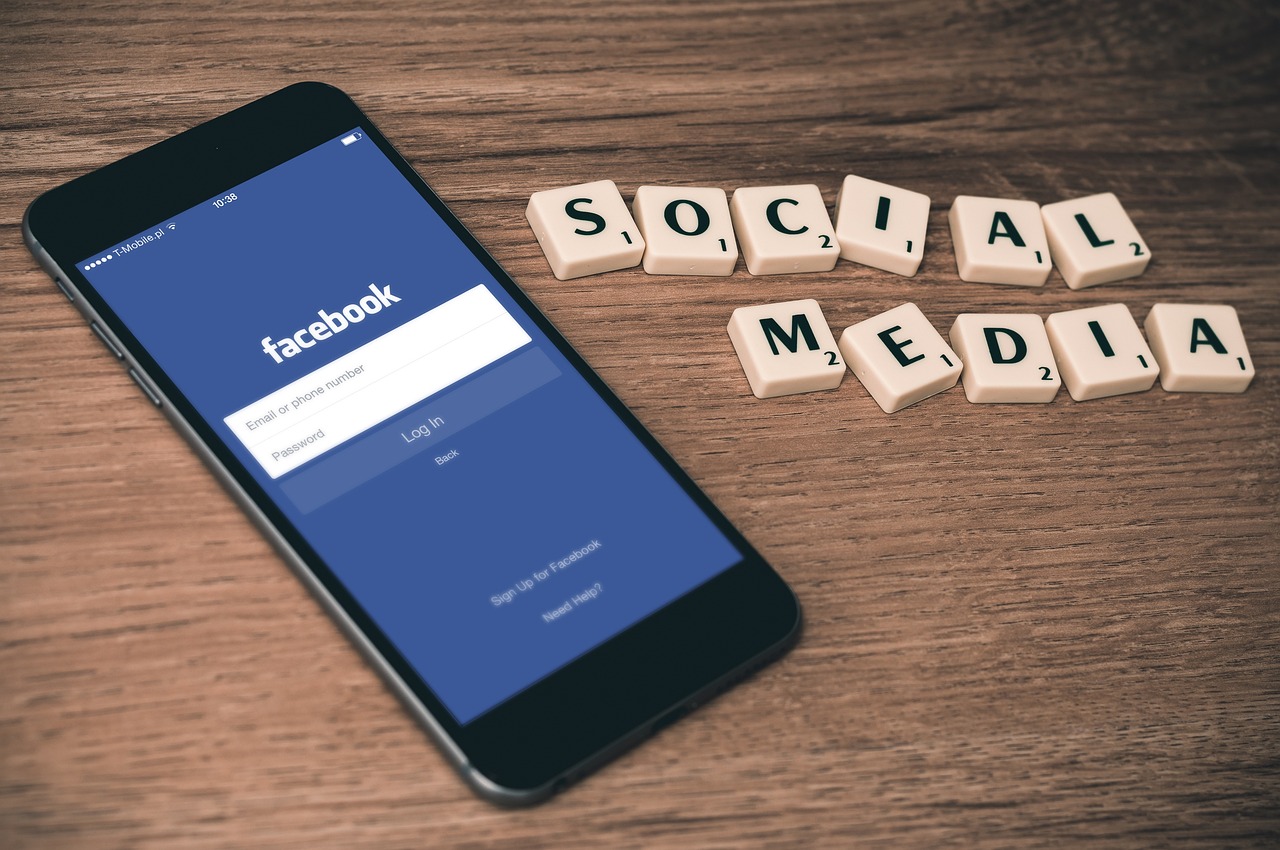In the age of social media, where every post has the potential to go viral, the pressure to gain attention, likes, and followers has never been more significant. Becoming an internet sensation overnight is an enticing prospect, but the desire for virality often leads people down dangerous and morally questionable paths. While many seek fame for the joy of sharing creativity or valuable content, others will go to extreme lengths, putting themselves and others at risk for likes and online validation.
Virality has become the modern-day gold rush, but unlike traditional fame, its rewards are fleeting and often come at a cost. Social media platforms like Instagram, TikTok, and Twitter thrive on the attention economy, where content that captures the most attention is rewarded with likes, shares, and comments. This obsession with attention has created an unhealthy competition for visibility, leading to the rise of extreme behavior in hopes of attracting that coveted viral moment.
One of the more troubling aspects of the race for virality is how it encourages individuals to abandon ethical considerations in favor of shock value. From dangerous stunts to provocative and misleading content, some influencers and everyday users will do whatever it takes to stand out. Challenges that involve risky physical stunts or emotional manipulation have become common. People jump off buildings, perform stunts with animals, or fake dangerous situations—all to garner likes and views.
The desire to be seen can also result in the exploitation of others. For instance, “prank” videos often involve unsuspecting strangers, and these pranks can sometimes cross the line into harassment or abuse. The unsuspecting participants, usually filmed without their consent, can find themselves in awkward or unsafe situations, with the perpetrator capturing the chaos for entertainment. These videos may receive millions of views, but the human cost is immense, leaving lasting emotional scars or even physical harm in some cases.
Beyond personal safety and ethics, the pressure to go viral can also affect mental health. People who do not achieve the viral success they crave may experience feelings of inadequacy, anxiety, or depression. Social media algorithms reward those who post frequently and with extreme content, while those who produce more thoughtful, nuanced, or creative work may be buried in the feed. This creates a toxic cycle of comparison and self-doubt, pushing individuals to compromise their values and well-being to remain relevant.
Another dangerous consequence of virality is the rapid spread of misinformation. False claims, misleading headlines, and exaggerated narratives often go viral because they trigger strong emotional reactions. A post that evokes outrage or fear is more likely to be shared, spreading harmful falsehoods. The desire for engagement often outweighs the need for accuracy, resulting in a society where misinformation spreads as quickly as facts.
So, how far are people willing to go for likes? The answer is further than ever before. As social media becomes an integral part of our daily lives, the temptation to chase viral fame will continue to drive individuals to make reckless and harmful decisions. While the allure of online validation can be powerful, it is essential to remember that likes or followers don’t measure true worth. We must encourage a culture of responsible social media use, where pursuing fame doesn’t come at the expense of personal safety, ethics, or mental health.




